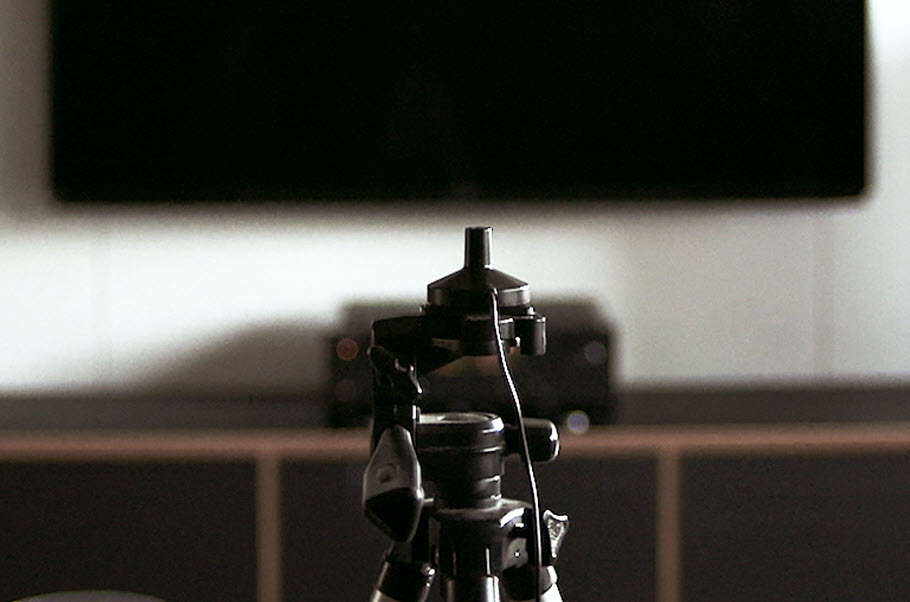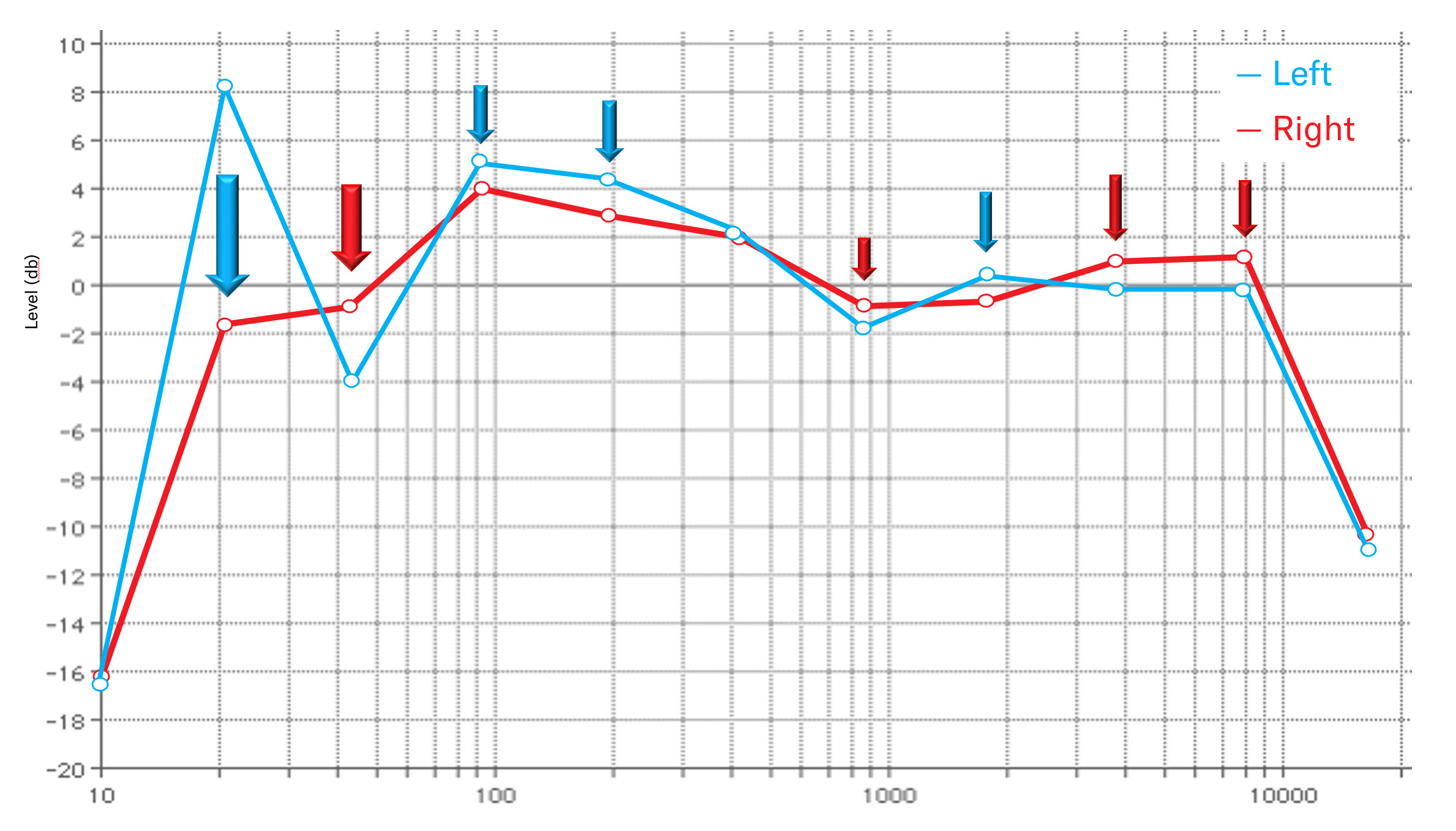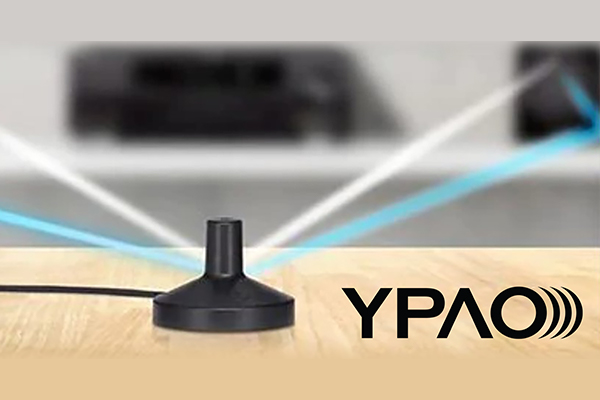I don’t know what you mean by controlling the front speakers. DIrac/Art does offer full support of all speakers. They can be configured and used for cancellation and/or even to support LFE.Yes, this is what they told me as well. There was a time when they were going to add in the capability of controlling the front speakers, but changed their minds.
-
Welcome to ASR. There are many reviews of audio hardware and expert members to help answer your questions. Click here to have your audio equipment measured for free!
- Forums
- Audio, Audio, Audio!
- Amplifiers, Phono preamp, and Analog Audio Review
- Stereo and Multichannel Amplifier Reviews
You are using an out of date browser. It may not display this or other websites correctly.
You should upgrade or use an alternative browser.
You should upgrade or use an alternative browser.
Dirac ART is now running on beta FW for Denon Xx800H AVRs!
- Thread starter PHD
- Start date
Sorry, I wasn't clear. I was referring to DLBC. There was a time when Dirac was going to have it control the front speakers as well as the subs, which would be desirable if you have large front speakers, as I do. But they decided not to. So, DBLC actually turns off the bass of the front speakers, although you can set the crossover very low to compensate for that.I don’t know what you mean by controlling the front speakers. DIrac/Art does offer full support of all speakers. They can be configured and used for cancellation and/or even to support LFE.
Dont't know this exactly, but keep in mind, that ART only works for frequencies up to 150 Hz (~20-150 Hz). So small speakers behind the TV won't make a big difference, if they are limited to maybe 80 or 100 Hz and low SPL, since they may only be useful for 100-150 Hz and not below and only at (very) low volumes. Big floor standing speakers or subwoofers are much more useful fort ART.Does anybody know if ART would allow hooking up extra speakers, but they only output the correction signals, and not be used for the "normal" sound? That way, I can better use ART, as I've heard the more speakers, the better.
Dont't know this exactly, but keep in mind, that ART only works for frequencies up to 150 Hz (~20-150 Hz). So small speakers behind the TV won't make a big difference, if they are limited to maybe 80 or 100 Hz and low SPL, since they may only be useful for 100-150 Hz and not below and only at (very) low volumes. Big floor standing speakers or subwoofers are much more useful fort ART.
Yes, very happy about this as large floorstanding is exactly what I have.
Why is 48kHz processing a NOGO?That would be an absolute NOGO for me
Understood. I have two subs I could put behind the TV, or have one next to the couch as my end table. But...then I'd have to get DLBC.Dont't know this exactly, but keep in mind, that ART only works for frequencies up to 150 Hz (~20-150 Hz). So small speakers behind the TV won't make a big difference, if they are limited to maybe 80 or 100 Hz and low SPL, since they may only be useful for 100-150 Hz and not below and only at (very) low volumes. Big floor standing speakers or subwoofers are much more useful fort ART.
I guess my main question related to the Law of Diminishing Returns. I've heard that the more speakers the better, but how does the LDR play out?
If I have a center speaker that can play down to 40-60Hz, surrounds with a 6in woofer, and 2 main speakers with a 15" and 12" each, that are truly capable of high output at 25Hz or lower, how much extra benefit would I get if I added a large sub, or if I added another set of surrounds similar to what I have now?
pogo
Major Contributor
- Joined
- Sep 4, 2020
- Messages
- 2,751
- Likes
- 1,073
I would expect at least 96kHz for post processing.Why is 48kHz processing a NOGO?
This is also the lowest value that is normally used in recording studios to keep artifacts to a minimum during processing.
Since I can also perceive differences between 48 and 96kHz, downsampling would be a thorn in my side.
multisport4me
Senior Member
- Joined
- Jul 30, 2021
- Messages
- 318
- Likes
- 299
You can discern differences in sound quality of 48kHz vs 96kHz in between 20-150Hz ?I would expect at least 96kHz for post processing.
This is also the lowest value that is normally used in recording studios to keep artifacts to a minimum during processing.
Since I can also perceive differences between 48 and 96kHz, downsampling would be a thorn in my side.
multisport4me
Senior Member
- Joined
- Jul 30, 2021
- Messages
- 318
- Likes
- 299
You don't just hear in the range below 150Hz
I see. But this is a thread about Denon's possible support of ART, which is 20-150Hz. That said, what I think you're saying is that there are no room correction systems that meet your golden-ear standards since none of them support anything higher than 48Khz that I know of. Correct?
multisport4me
Senior Member
- Joined
- Jul 30, 2021
- Messages
- 318
- Likes
- 299
That is not correct. Dirac Live works with up to 192kHz. Unfortunately, this was probably not implemented at Denon.
Cool. So which room correction systems out there support 192kHz and are available in a shipping AV processor/receiver today?
Cool. So which room correction systems out there support 192kHz and are available in a shipping AV processor/receiver today?
1) Trinnov
2) Yamaha YPAO
YPAO has had a distinct lack of positive reviews....1) Trinnov
2) Yamaha YPAO
Also doesn't StormAudio Dirac support higher rates than 48k?
If we stay with DL, I am only aware of this with the stereo AV receiver NAD M33, as there are measurements for 192kHz. The stereo AV processor M66 should of course also be able to do this.
If you just talk stereo, the PREVIOUS generation Arcam’s did 96 kHz Dirac Live with SPDIF. It seemed to do 48 kHz with 2 ch HDMI.
Problem with YPAO is that it corrects primarily below the transition frequency and above the subwoofer which influencers/reviewers used to think was a negative but actually a positive. Above the transition frequency, it is very cautious with its alteration and will correct harmonics of stuff it corrects at lower frequencies but only apply broad wide EQ to change tone above transition. Reviewers saw that as a weakness even though many people now recognize the debate over high frequency correction. For the subwoofer, it also was overly conservative, providing you with manual PEQ capability but not offering automated sub EQ. The “directional bass” in the x800 Denon’s was presented early on with Trinnov’s front and rear layouts.YPAO has had a distinct lack of positive reviews....
There are a few members at AVSForum, myself included, who own the HTP-1 and say that they would have strongly considered a 16 channel Yamaha AVP if they made one. In the Blu-Ray and early Atmos era, the systems you see with Trinnov’s were spec’d with the CX-A5100 with additional DSPs for added surround channels.
The big “weakness” is that Yamaha works with high gain amplifiers. It does poorly at 2 and 4V SINAD, but the CX-A5100 is as good or better than the AV10 and HTP-1 at 0.2 and 0.4V SINAD…

Simple Home Cinema - Bringing Your Entertainment to Life
This post explores what YPAO R.S.C. is really doing under the hood!
 simplehomecinema.com
simplehomecinema.com
And this marketing talk is actually informative

How YPAO™ Works in Yamaha Hi-Fi Receivers - Yamaha Music
YPAO™ Yamaha technology analyzes the acoustics of your space to optimize the sound you hear. Here's how it works in two-channel Hi-Fi receivers.
In this particular example, we know the left channel is too loud at approximately 40 Hz, so we can cut that frequency range. At this frequency, the right channel looks like it’s flat, but we could be making an error there. So YPAO will also drop the right channel down to match the left channel at the second and higher harmonics:

This will not result in a perfectly flat frequency response, but at least now the channels are matched, which will result in a tightly focused sound.
multisport4me
Senior Member
- Joined
- Jul 30, 2021
- Messages
- 318
- Likes
- 299
Well there you go. I learned something new. I cannot afford one of them and didn't even know YPAO was still around. lol1) Trinnov
2) Yamaha YPAO
multisport4me
Senior Member
- Joined
- Jul 30, 2021
- Messages
- 318
- Likes
- 299
Interesting, even if only stereo. I have always admired NAD stuff but have never owned anything by them.If we stay with DL, I am only aware of this with the stereo AV receiver NAD M33, as there are measurements for 192kHz. The stereo AV processor M66 should of course also be able to do this.
Well there you go. I learned something new. I cannot afford one of them and didn't even know YPAO was still around. lol
Their new streaming 2 channel amps all feature YPAO. YPAO is like Audyssey. You have the original 2EQ, MultEQ, and MultEQ XT, and XT32.
YPAO has 5 versions

How to Calibrate Your AV Receiver with YPAO™ - Yamaha Music
Learn how to calibrate your audio system with Yamaha Parametric room Acoustic Optimizer (YPAO) technology.
The RSC 64-bit/192 kHz is the flagship one, but even the 2ch modes are designed for single point measurement. There is fair criticism that Yamaha tries to make things too simple for the user, and when faced with any decision it always is more conservative in its correction. For movies, the A8A will go head to head with a X4700/4800H or X6700H/6800H.
For subwoofers, I don’t know if the PEQ is exposed via a web interface on the 2 channel products the way they work in multichannel products.
The A8A at full price is a hard sell, but at the $1800 sale price Adorama offers recently is a pretty interesting proposition. The biggest contributor to AVR sound is avoiding amplifier clipping and the A8A has pretty decent power and is basically X8500H class when looking at AudioVision.de’s metrics.
Although the actual high frequency correction is NOT necessary (audio isn’t mixed at 192 kHz), the argument is that you get better speaker timing and phase, which CAN make a difference with 11 or 16 channels. When people say phase doesn’t make a difference, that has been with one or maybe two speakers…
Yamaha have consistently made excellent kit... ever since I first encountered them in the 1980's....Their new streaming 2 channel amps all feature YPAO. YPAO is like Audyssey. You have the original 2EQ, MultEQ, and MultEQ XT, and XT32.
YPAO has 5 versions

How to Calibrate Your AV Receiver with YPAO™ - Yamaha Music
Learn how to calibrate your audio system with Yamaha Parametric room Acoustic Optimizer (YPAO) technology.hub.yamaha.com
The RSC 64-bit/192 kHz is the flagship one, but even the 2ch modes are designed for single point measurement. There is fair criticism that Yamaha tries to make things too simple for the user, and when faced with any decision it always is more conservative in its correction. For movies, the A8A will go head to head with a X4700/4800H or X6700H/6800H.
For subwoofers, I don’t know if the PEQ is exposed via a web interface on the 2 channel products the way they work in multichannel products.
The A8A at full price is a hard sell, but at the $1800 sale price Adorama offers recently is a pretty interesting proposition. The biggest contributor to AVR sound is avoiding amplifier clipping and the A8A has pretty decent power and is basically X8500H class when looking at AudioVision.de’s metrics.
View attachment 357242
Although the actual high frequency correction is NOT necessary (audio isn’t mixed at 192 kHz), the argument is that you get better speaker timing and phase, which CAN make a difference with 11 or 16 channels. When people say phase doesn’t make a difference, that has been with one or maybe two speakers…
But I have been unconvinced about their choices/decisions in processing.... also since the 1980's... (nothing recent has really changed my mind there!)
Similar threads
- Replies
- 41
- Views
- 14K
- Replies
- 3
- Views
- 876
- Replies
- 4
- Views
- 2K
- Replies
- 4
- Views
- 2K